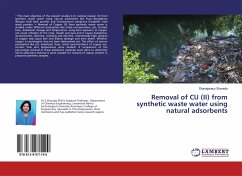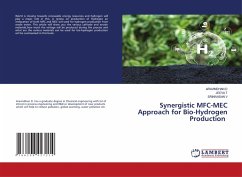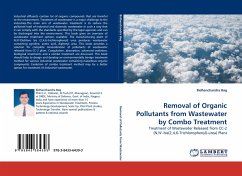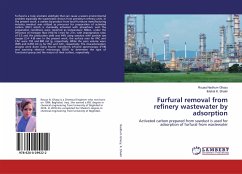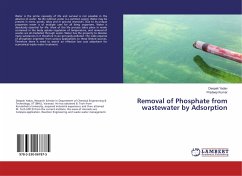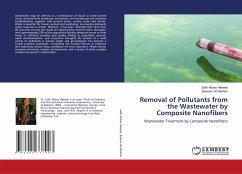
PhACs Removal from Wastewater via Fungal Treatment
The key considerations for the successful implementation of a fungal treatment unit
Versandkostenfrei!
Versandfertig in 6-10 Tagen
27,99 €
inkl. MwSt.

PAYBACK Punkte
14 °P sammeln!
The conventional waste water treatment plants (WWTPs) are often unable to remove some pharmacologically active compounds (PhACs). Thus, PhACs are often easily find their way into the water bodies, which is a potential risk for the human health and the environment. White-rot fungi (WRF) are capable of removing complex organic compounds through their nonspecific enzymatic pathways, and recently have attracted many attentions for removal of PhACs from either industrial or domestic effluents. However, due to the inherent complexities, their utilization is rather limited. Several factors must be co...
The conventional waste water treatment plants (WWTPs) are often unable to remove some pharmacologically active compounds (PhACs). Thus, PhACs are often easily find their way into the water bodies, which is a potential risk for the human health and the environment. White-rot fungi (WRF) are capable of removing complex organic compounds through their nonspecific enzymatic pathways, and recently have attracted many attentions for removal of PhACs from either industrial or domestic effluents. However, due to the inherent complexities, their utilization is rather limited. Several factors must be considered for the successful implementation of a fungal treatment unit, including the types and the concentrations of the PhACs in the influent of WWTPs, the capability of the employed fungi to degrade the available PhACs, the parameters of the formation and growth of fungal pellets, and the reactor configurations and design parameters.



